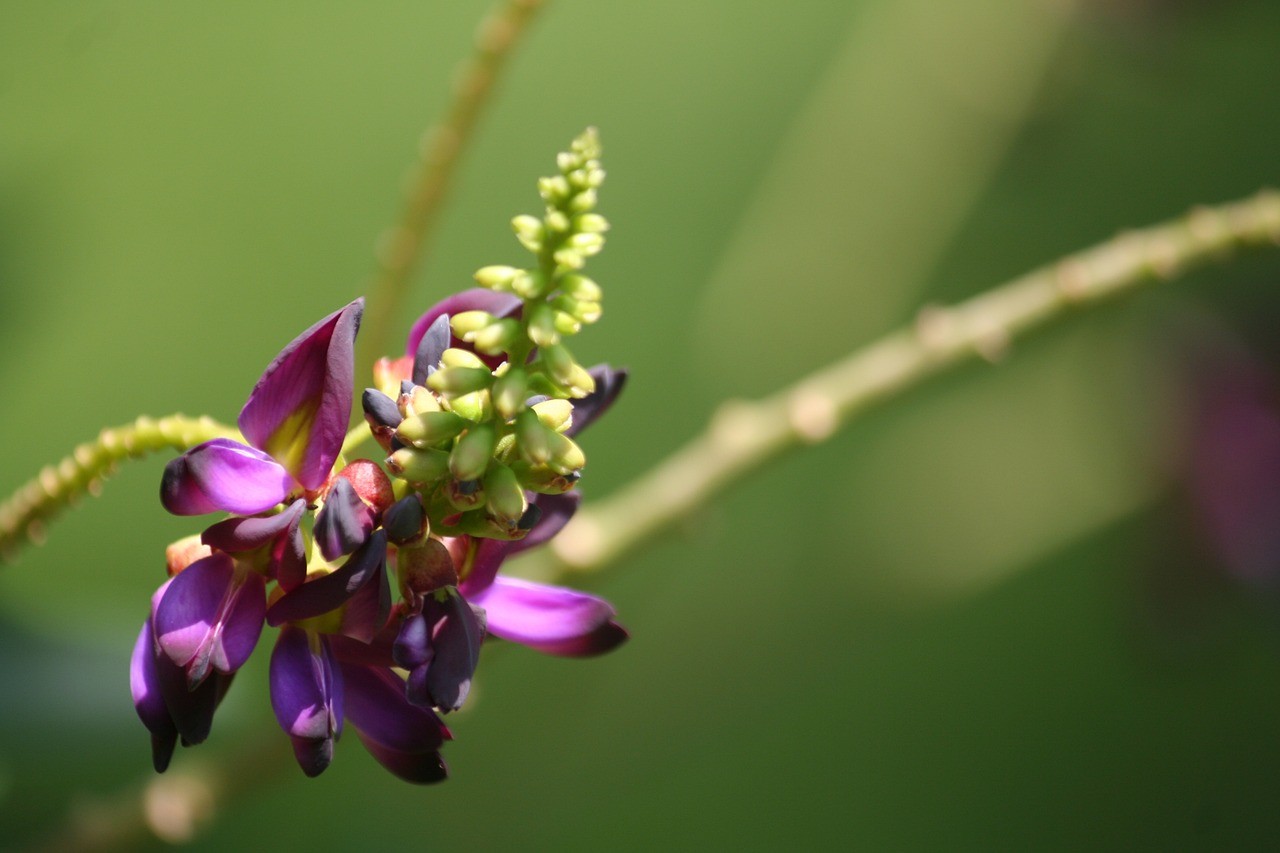How Do You Grow Tiger Nut?
Updated on
November 29, 2023

Growing Tiger Nut
Everyone has heard about the superfood known as goji berries. But what about a supernut? Yes, the tiger nut may be bursting with health benefits, but you probably haven’t heard of it before. It’s time to change that! And growing tiger nuts is a great way to get your hands on them. Read on for more information about how you can grow tiger nuts as a home gardener.
Follow us to keep learning!
Cheatsheet: Growing Tiger Nut
Soil and Climate Requirements
🌱 Prefers well-drained sandy soil
🌡️ Thrives in warm climates, ideally between 77°F and 86°F
Propagation
🌿 Plant tubers 2 inches deep in rows
💧 Keep soil consistently moist, but avoid waterlogging
Growth and Harvesting
🌱 Germination occurs within 7-12 days
🌱 Takes 6-8 months to reach maturity
🍃 Harvest when leaves turn yellow and dry out
Nutrition and Health Benefits
💪 High in resistant starch and fiber
✨ Packed with essential vitamins and minerals
🏥 Promotes digestive health and may lower cholesterol
Self-Sufficiency
🌾 Sustainably grown and harvested
💰 Cost-effective alternative to certain nuts
🌱 Provides a sense of food independence
What Are Tiger Nuts?
Tiger nuts are one of the most nutritious, vitamin-rich nuts in the world. They are also known as “purple nuts” or “hairy seeds.” Tiger nuts grow on a vine-like shrub native to Southeast Asia. The species is called “ma huang” in Chinese, and “hu hu” in Thai. The season for tiger nuts is between March and August, depending on the part of the world you are growing them in.
Tiger nuts are very hard, oval, yellow-orange seeds that grow in clusters. the shape and color of the seed make it easy for birds to spot and eat, so you’ll need to protect them from wildlife. most of the health benefits of tiger nuts come from the seeds’ high protein and fat content. However, the seeds are also high in minerals such as iron, zinc, manganese, phosphorus, and magnesium. The amino acid profile in tiger nuts is similar to that of human milk, making them an excellent source of essential amino acids.
How To Grow Tiger Nut
Choosing a location for your tiger nut plants is very important. It will be the home of the vines, the food source for the tiger nuts, and the place where your harvest will be stored. Tiger nut vines like warm temperatures and lots of sunlight. If winter comes early to your part of the country, grow tiger nut plants in containers indoors. You can also grow tiger nut plants outside in a garden bed.
For best results, choose a location where the soil temperature is warm and the soil is moist. Choose a sunny part of the bed with good drainage. Soil for growing tiger nuts should be a slightly acidic 6.5 to 7.5 ph. The ph level of the soil should be low enough that it’s not damaging to the roots of your tiger nut plant, but high enough that it’s not damaging to other plants in the bed.
Benefits Of Growing Tiger Nut
1. High in protein: wild tiger nuts have an impressive 87% protein content. The amino acid profile of the tiger nut is nearly identical to human milk, making it an excellent source of essential amino acids.
2. High in iron: wild tiger nuts are a great source of iron, which is important for oxygen transport in the muscles, metabolism, and cell growth. Iron deficiency is the most common nutrient deficiency in the world.
3. Antioxidant: the high-fat content in tiger nuts makes them an excellent source of antioxidants. Vitamin E is a powerful antioxidant that helps protect the body from free radical damage.
4. Vitamin C: vitamin C is important for healthy immune function and metabolism.
How To Eat Tiger Nuts
Tiger nuts can be eaten fresh or dried. They can also be bought as a roasted, salted product. When eaten fresh, tiger nuts are eaten raw or lightly steamed. For best results, shell the tiger nuts yourself before consuming. This ensures that the tiger nut kernels are as fresh as possible. When you’re ready to eat your tiger nuts, wash and remove the husks and shells. Dry the nuts on a kitchen towel and then store them in an airtight container.
You can also store tiger nuts in the fridge, but they can stay fresh for up to a month when stored properly. Eat tiger nuts as a snack or add them to your daily diet as a healthy alternative to other nuts. You can also use tiger nuts as an ingredient in recipes. For example, tiger nuts can be blended into a smoothie or used to make a savory dish.
FAQ
1. How do I grow tiger nut?
Sow tiger nut tubers in well-draining soil, 2 inches deep, during spring or early summer. Keep the soil consistently moist and in a sunny location. Harvest the mature tubers in late autumn or early winter.
2. What type of soil does tiger nut prefer?
Tiger nut thrives in sandy, loamy soil that is rich in organic matter and has good drainage.
3. How much water does tiger nut need?
Keep the soil around tiger nut consistently moist but not waterlogged. Water regularly, especially during dry spells.
4. Does tiger nut require full sun?
Yes, tiger nut requires a sunny location with at least 6 hours of direct sunlight to grow and produce tubers.
5. How long does it take for tiger nut to grow?
Tiger nut typically takes around 7 to 9 months to grow from tubers to mature plants ready for harvest.
6. Can tiger nut be grown in containers?
Yes, tiger nut can be grown in containers with a minimum depth of 12 inches to allow for proper root development.
7. Does tiger nut require fertilizer?
Tiger nut doesn't require heavy fertilization. However, a balanced organic fertilizer applied during planting can promote healthy growth.
8. How do I harvest tiger nut?
Once the foliage has died back, dig up the tubers using a garden fork. Rinse off excess soil and let them dry for a few days before storing in a cool, dry place.
9. Can tiger nut be grown in cold climates?
Tiger nut is best suited for warm climates, but it can be grown in colder regions if planted in containers and protected from frost.
10. Are there any common pests or diseases that affect tiger nut?
Tiger nut is generally resistant to pests and diseases. However, watch out for aphids, nematodes, and fungal diseases. Implement proper pest management practices if necessary.
Few superfoods in the world are more talked about than the goji berry. And for good reason – these little chocolaty red berries are packed with vital nutrients and are a superfood for sure. But what about the tiger nut? It may not have as much attention, but it’s just as beneficial as the other two. The only difference is that it’s native to Asia, where it’s been consumed for centuries. And that makes it a much more unique superfood. So, whether you’re looking for a superfood that is native to Asia or you want to try another supernut, you can’t go wrong with tiger nuts.





